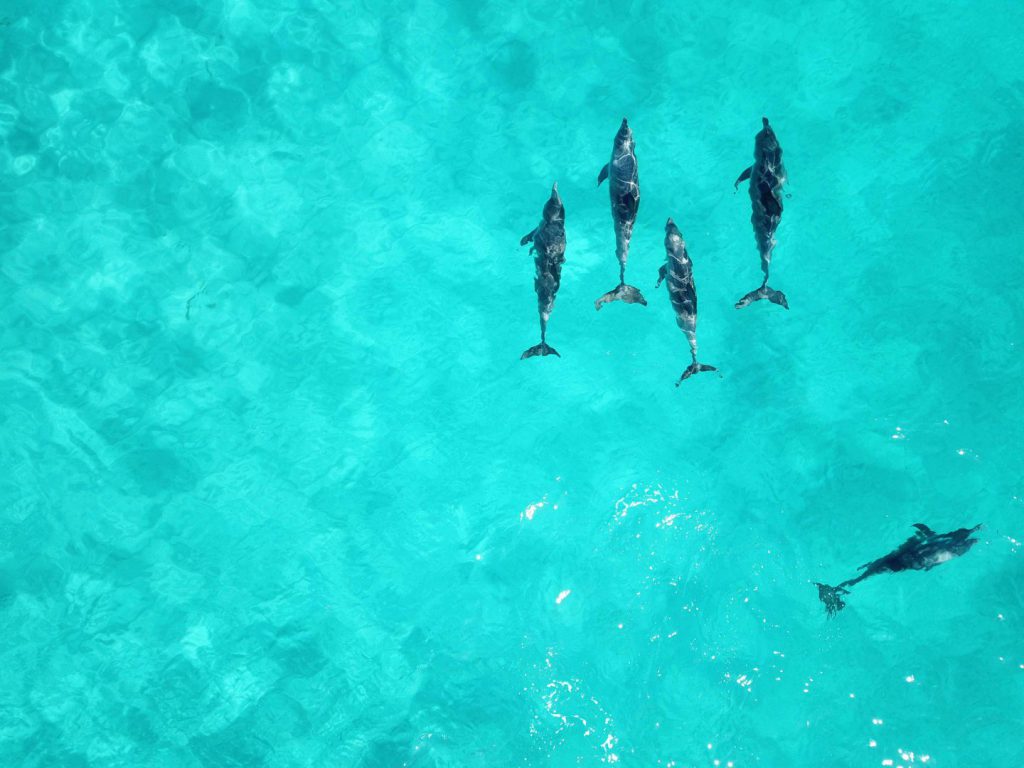The Turks and Caicos boast the world’s third-largest barrier reefs, which is one reason why divers from all over the world are drawn here. This also makes it a great spot for viewing wildlife, including birds, reptiles, and mammals. The islands are home to an amazing diversity of sea life. With its warm climate and shallow waters, the Turks and Caicos is known as one of the best spots in the Caribbean to go scuba diving. And since it’s such a popular diving destination, you have a chance to see sea turtles, barracuda, squid, octopus, stingrays, eels and dolphins in their natural habitat.
The Turks and Caicos is one of the few places in the world where you can see both humpback whales (January to March) and sperm whales (December to May).
When people think of sea creatures, they first think of fish. Many of the most fascinating sea creatures found in the Caribbean, however, are actually mammals. The most appealing of these are the many species of whales found in the Turks and Caicos. Dolphins in the Caribbean are also plentiful, and, if you spend any time on these islands, you’re very likely to see these playful animals frolicking in the ocean.
Whale watching in the Caribbean has long been a very popular activity. You don’t have to enter the water to see whales and dolphins. You can take a boat tour and, depending on the time of year, see a variety of sea creatures. The best time to watch whales is between January and March when humpback whales make their annual migration. During this period you’re likely to see large numbers of these magnificent creatures.
Popular snorkeling and diving locations include Smith’s Reef, Babalua Beach, and Coral Gardens which are all in the island of Providenciales. There are also plenty of wonderful spots for fishing or kayaking or just relaxing on the beautiful beaches.

Four species of sea turtles live in the Turks and Caicos. Most common are the Green Sea Turtles. These turtles are found throughout the Caribbean and worldwide in warm tropical waters. Female sea turtles lay eggs in sandy beaches on multiple occasions between May and October, with a gestation period of about two months.
For more useful blogs, click here!
